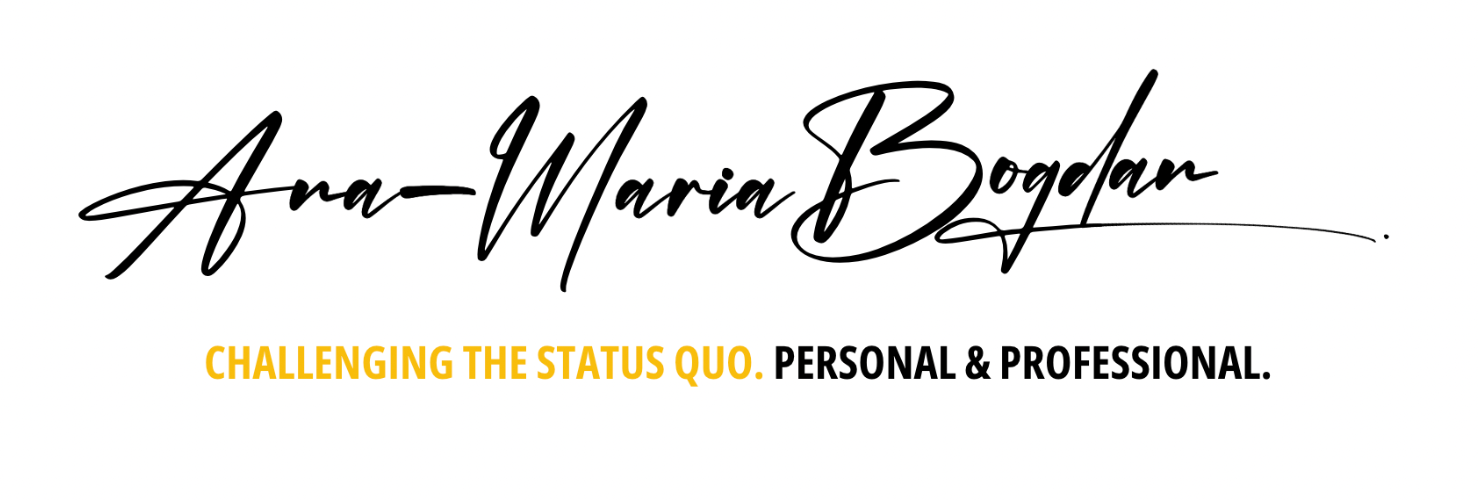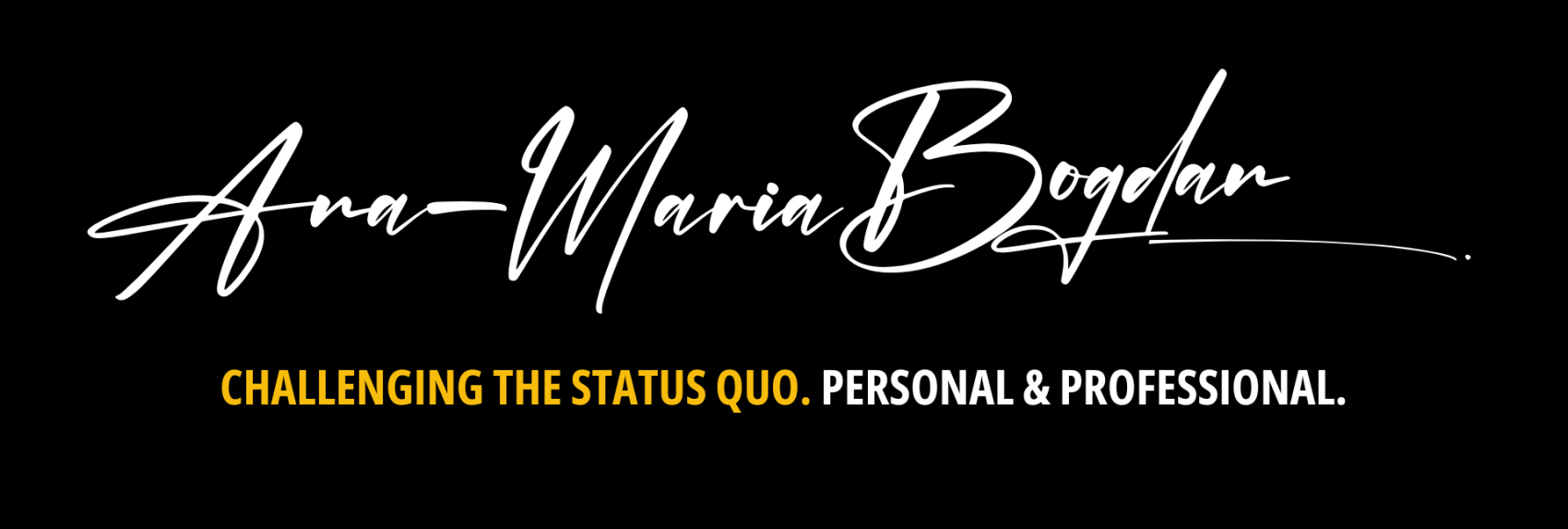Just as the garlic has been thought to ward off vampires or other evil spirits, it is also found in the mythology of countries as a repellant for what is …
Tag:
mezuzah
-
-
Those who read my blog know I am fascinated by myths, symbols and traditions. Those who do not know can check my posts about the magic garlic, vampires, Garuda etc. …


